I Can't Afford This!
JawjaPeach
10 years ago
Related Stories
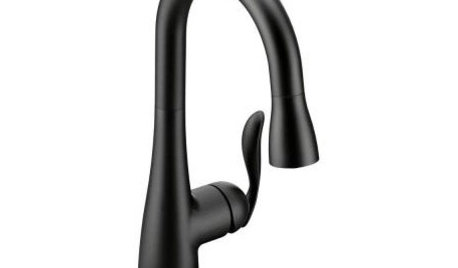
PRODUCT PICKSGuest Picks: 19 Kitchen Upgrades for When You Can't Afford an Overhaul
Modernize an outdated kitchen with these accents and accessories until you get the renovation of your dreams
Full Story
PRODUCT PICKSGuest Picks: Tastemaker Items You Can Afford
The Visual Vamp shops high and low for 19 on-trend pieces that won't break the bank
Full Story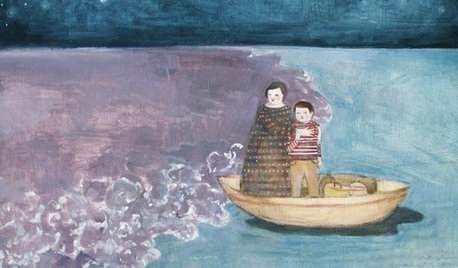

WALL TREATMENTSCan't Find the Right Wallpaper? Make Your Own
For one-of-a-kind walls, just use your imagination. Custom wallpaper is easier and less expensive than you might expect
Full Story
We Simply Can't Get Enough: The Sunburst Motif
New Interpretations of the Sun Still Add Fire to a Room
Full Story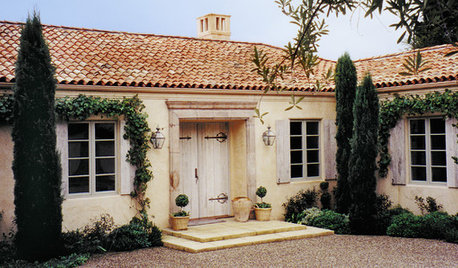
REMODELING GUIDES8 Natural Home Materials That Can't Be Beat
See how designing with natural stone, clay, wood and more can give a house luminosity, depth of color and lasting appeal
Full Story
PETS5 Finishes Pets and Kids Can’t Destroy — and 5 to Avoid
Save your sanity and your decorating budget by choosing materials and surfaces that can stand up to abuse
Full Story
SMALL SPACESHouzz TV: You Won’t Believe Everything This Tiny Loft Can Do
Looking for more floor space, a San Francisco couple hires architects to design a unit that includes beds, storage and workspace
Full Story
KITCHEN COUNTERTOPSKitchen Counters: Tile, the Choice for Affordable Durability
DIYers and budget-minded remodelers often look to this countertop material, which can last for decades with the right maintenance
Full Story
KITCHEN DESIGN3 Dark Kitchens, 6 Affordable Updates
Color advice: Three Houzzers get budget-friendly ideas to spruce up their kitchens with new paint, backsplashes and countertops
Full StoryMore Discussions






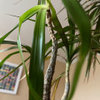
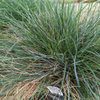
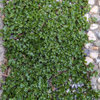
ken_adrian Adrian MI cold Z5
JawjaPeachOriginal Author
Related Professionals
Canton Landscape Architects & Landscape Designers · Derry Landscape Architects & Landscape Designers · Simpsonville Landscape Architects & Landscape Designers · Grand Haven Landscape Architects & Landscape Designers · Saint Matthews Landscape Architects & Landscape Designers · Summit Landscape Architects & Landscape Designers · Waterbury Landscape Contractors · Peabody Landscape Contractors · Wilmington Landscape Contractors · Conroe Landscape Contractors · Fort Payne Landscape Contractors · Morrisville Landscape Contractors · Placerville Landscape Contractors · Saint George Landscape Contractors · West Allis Landscape Contractorsrhizo_1 (North AL) zone 7
JawjaPeachOriginal Author
agardenstateof_mind
jean001a
Kimmsr
JawjaPeachOriginal Author
suggi
rhizo_1 (North AL) zone 7
jean001a
Kimmsr
JawjaPeachOriginal Author
agardenstateof_mind